溫馨提示×
您好,登錄后才能下訂單哦!
點擊 登錄注冊 即表示同意《億速云用戶服務條款》
您好,登錄后才能下訂單哦!
1、instr()函數的格式 (俗稱:字符查找函數)
格式一:instr( string1, string2 ) // instr(源字符串, 目標字符串)
格式二:instr( string1, string2 [, start_position [, nth_appearance ] ] ) // instr(源字符串, 目標字符串, 起始位置, 匹配序號)
解析:string2 的值要在string1中查找,是從start_position給出的數值(即:位置)開始在string1檢索,檢索第nth_appearance(幾)次出現string2。
注:在Oracle/PLSQL中,instr函數返回要截取的字符串在源字符串中的位置。只檢索一次,也就是說從字符的開始到字符的結尾就結束。
2、實例
格式一
select instr('helloworld','l') from dual; --返回結果:3 默認第一次出現“l”的位置
select instr('helloworld','lo') from dual; --返回結果:4 即“lo”同時(連續)出現,“l”的位置
select instr('helloworld','wo') from dual; --返回結果:6 即“w”開始出現的位置
格式二
select instr('helloworld','l',2,2) from dual; --返回結果:4 也就是說:在"helloworld"的第2(e)號位置開始,查找第二次出現的“l”的位置
select instr('helloworld','l',3,2) from dual; --返回結果:4 也就是說:在"helloworld"的第3(l)號位置開始,查找第二次出現的“l”的位置
select instr('helloworld','l',4,2) from dual; --返回結果:9 也就是說:在"helloworld"的第4(l)號位置開始,查找第二次出現的“l”的位置
select instr('helloworld','l',-1,1) from dual; --返回結果:9 也就是說:在"helloworld"的倒數第1(d)號位置開始,往回查找第一次出現的“l”的位置
select instr('helloworld','l',-2,2) from dual; --返回結果:4 也就是說:在"helloworld"的倒數第2(l)號位置開始,往回查找第二次出現的“l”的位置
select instr('helloworld','l',2,3) from dual; --返回結果:9 也就是說:在"helloworld"的第2(e)號位置開始,查找第三次出現的“l”的位置
select instr('helloworld','l',-2,3) from dual; --返回結果:3 也就是說:在"helloworld"的倒數第2(l)號位置開始,往回查找第三次出現的“l”的位置
注:MySQL中的模糊查詢 like 和 Oracle中的 instr() 函數有同樣的查詢效果; 如下所示:
MySQL: select * from tableName where name like '%helloworld%'; Oracle:select * from tableName where instr(name,'helloworld')>0; --這兩條語句的效果是一樣的
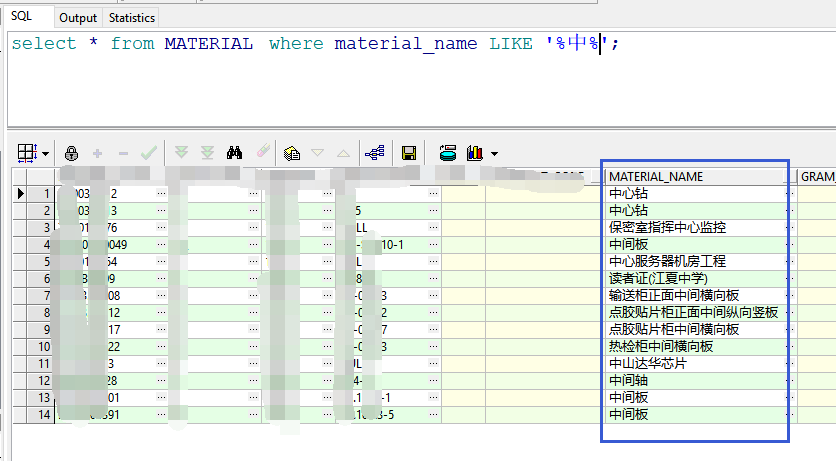
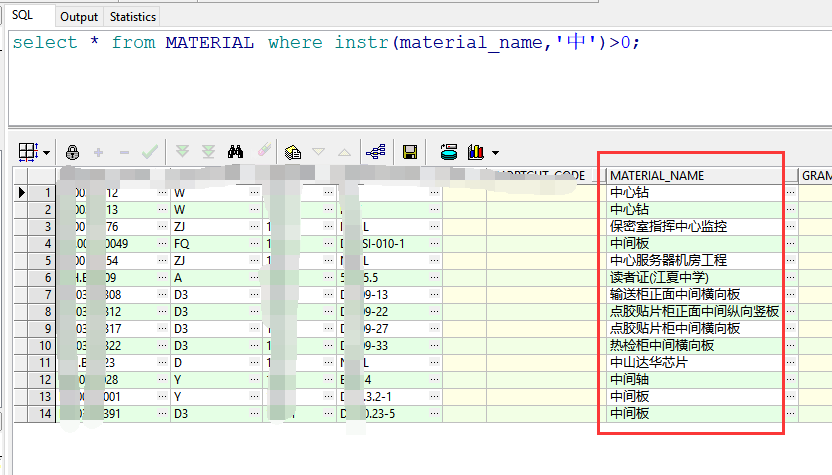
3、實例截圖
1、
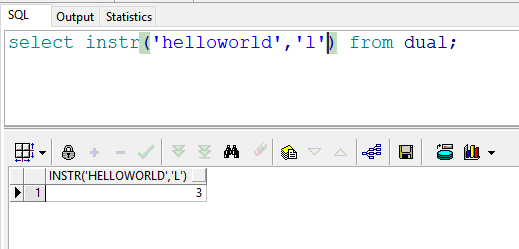
2、
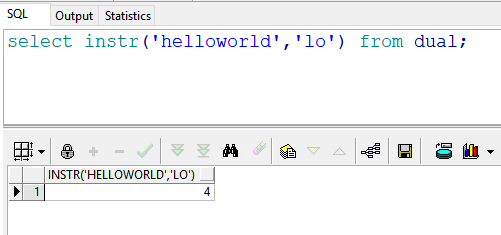
3、

4、
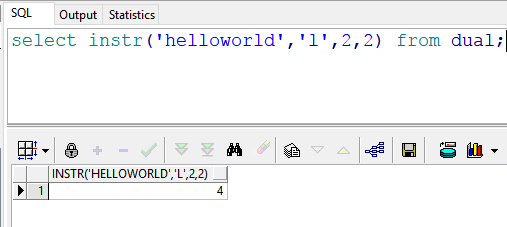
5、
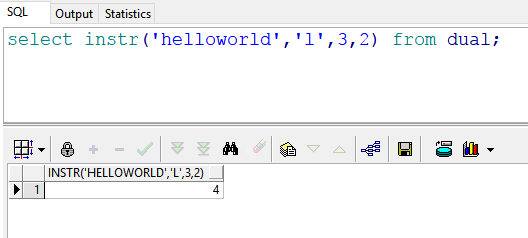
6、
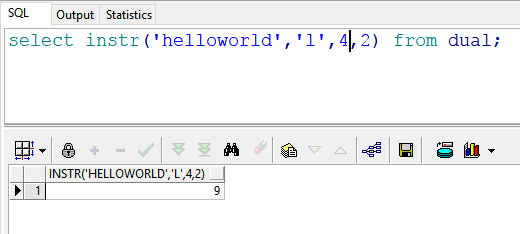
7、
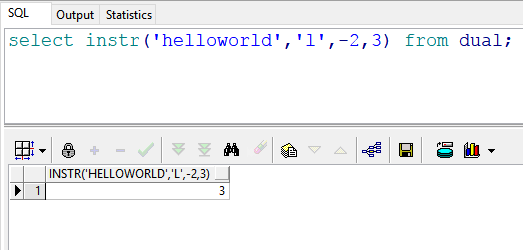
8、
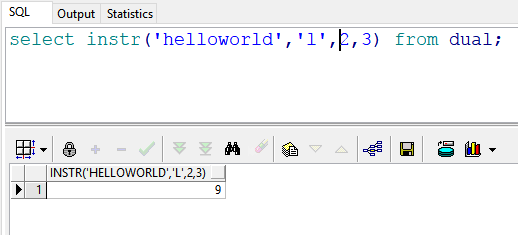
9、
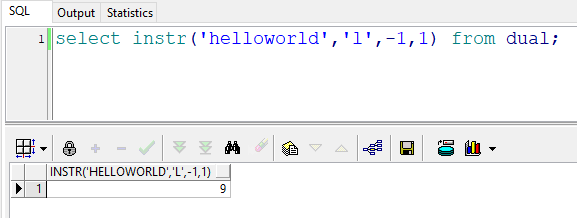
以上就是本文的全部內容,希望對大家的學習有所幫助,也希望大家多多支持億速云。
免責聲明:本站發布的內容(圖片、視頻和文字)以原創、轉載和分享為主,文章觀點不代表本網站立場,如果涉及侵權請聯系站長郵箱:is@yisu.com進行舉報,并提供相關證據,一經查實,將立刻刪除涉嫌侵權內容。